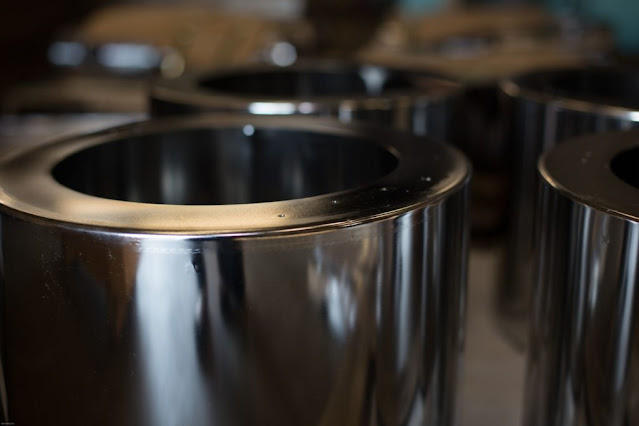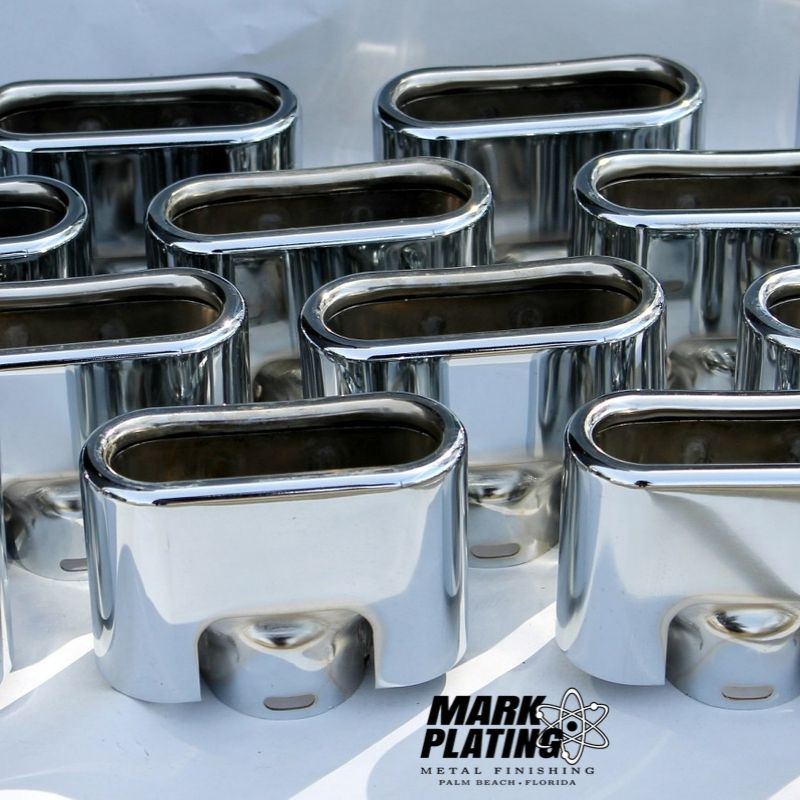A Brief Guide to Auto Chrome Plating
Metal items are susceptible to a variety of problems like corrosion. Furthermore, they may lose natural shine without any protection.
Auto chrome plating is a process of applying chromium to a metal surface for corrosion and decorative purposes. It has many applications in manufacturing, production, and other consumer goods.
Understanding the process
It is essentially an electroplating process where technicians apply a layer of chromium using electrical charges. They use a container filled with chromic acid to substrate electrons. This intervention triggers a chemical reaction causing the solution to deposit onto a surface.
Common applications
Many industries use this process to increase the wear and corrosion resistance of components. Moreover, this technique also improves equipment durability by reducing friction. As a result, they get an extended lifespan and reduce maintenance downtime.
Some also use auto chrome plating to repair damages. A thick layer of coating returns the correct dimensions to worn parts and avoids further damage. Depending on the purpose, technicians can achieve precise needs.
For car parts, this technique improves corrosion resistance and aesthetics. The finished coating can even withstand heavy rain and snow in many components. People could even opt for buffing and finishing to increase the shine.
Decorative vs. hard plating
Depending on the thickness, technicians categorize chrome plating into two categories.
The hard process proves effective for moving parts like rotors and engines. They can improve the lifespan and reduce operating temperatures. It is also easy to clean and sanitize; thus, make it a preferred choice for the food and beverage industries.
Decorative plating, on the other hand, involves creating a smooth and shiny appearance. Many tools and kitchen utensils benefit for long-term use. In some applications, this process offers an optimal level of wear resistance.
The right method
Industries looking to protect their equipment and components from corrosion can opt for chrome plating. It further improves strength, hardness, and durability by increasing thickness. Choosing the right method depends entirely on functional needs, as the hard coating is suitable for high-stress applications, while decorative plating provides the needed aesthetical enhancement.



Comments
Post a Comment